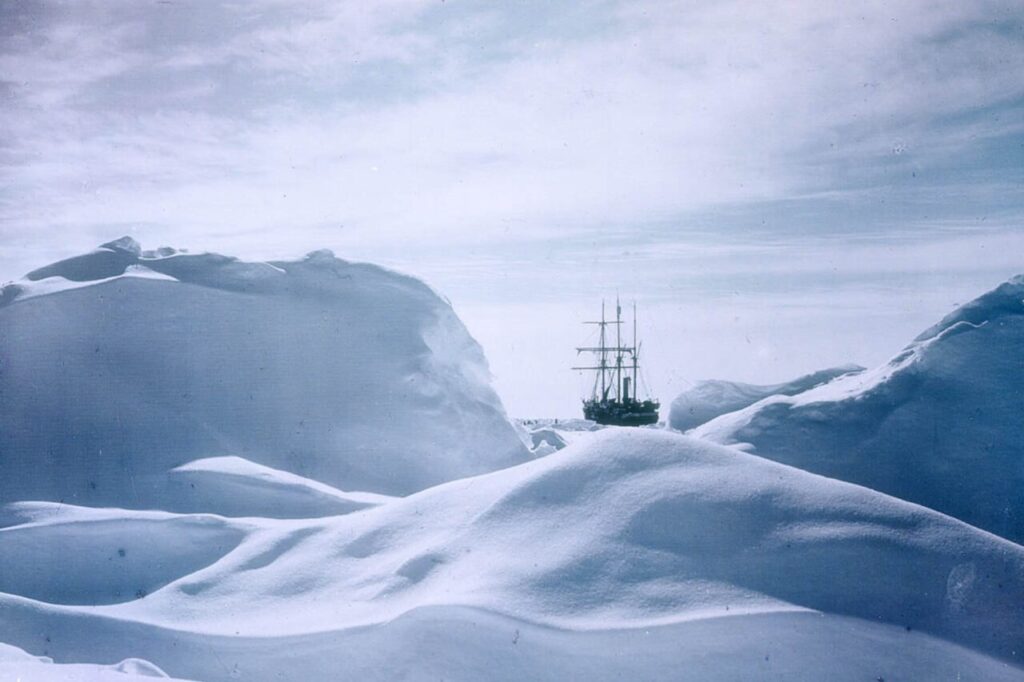
A new study has revealed significant flaws in the structural integrity of the Endurance, the ship famously captained by Sir Ernest Henry Shackleton during his 1914-1916 Imperial Trans-Antarctic Expedition. Research conducted by Jukka Tuhkuri, a polar explorer and expert in ice mechanics at Aalto University in Finland, indicates that Shackleton was aware of these shortcomings prior to setting sail.
The Endurance became widely known after it was trapped in pack ice in 1915 and subsequently sank in November of that year. Shackleton and his 27 crew members survived on the ice before making an arduous journey to safety, ultimately completing a 800-mile (1,300 km) voyage to South Georgia Island to seek help. Remarkably, all crew members were rescued without loss of life by September 1916.
Tuhkuri’s research, detailed in the journal Polar Record, combines technical analysis and historical documentation. He challenges the long-held belief that the Endurance was the strongest polar ship of its time. “Even simple structural analysis shows that the ship was not designed for the compressive pack ice conditions that eventually sank it,” Tuhkuri explained in a statement from Aalto University.
He noted that Shackleton’s choice of vessel raises questions. Despite being aware of the ship’s vulnerabilities, including inadequate reinforcement against moving and compressive ice, Shackleton proceeded with the Endurance. “He had even expressed concerns about the ship to his wife, wishing for his previous vessel,” Tuhkuri added.
The study highlights specific structural weaknesses that contributed to the Endurance’s demise. The deck beams and frames were found to be weaker than those of other polar vessels from the same era. Additionally, the machine compartment was longer, which compromised a crucial part of the hull’s integrity. Tuhkuri asserts that the notion of the rudder being the ship’s sole point of failure is overly simplistic.
While analyzing Shackleton’s diaries and correspondence, Tuhkuri acknowledges the difficulty in understanding why Shackleton chose to sail with the Endurance. He had previously recommended diagonal beams for another polar ship, which had successfully navigated through similar icy conditions.
The implications of this research are significant. It adds complexity to the narrative surrounding Shackleton’s legendary expedition, prompting a reevaluation of decisions made prior to the voyage. Tuhkuri refrains from labeling the ship as “ill-fated,” instead inviting readers to reflect on the potential misjudgments involved.
He emphasizes that his findings do not diminish the extraordinary feats achieved by Shackleton and his crew. “We can speculate about financial pressures or time constraints, but the truth is we may never know why Shackleton made the choices that he made. At least now we have more concrete findings to flesh out the stories,” Tuhkuri concluded.
This research not only sheds light on the Endurance but also enriches the understanding of one of history’s most remarkable survival stories, blending scientific inquiry with historical exploration. As the world commemorates over a century since Shackleton’s expedition, these new insights invite a deeper appreciation of the challenges faced during one of the most daring adventures of the early 20th century.







